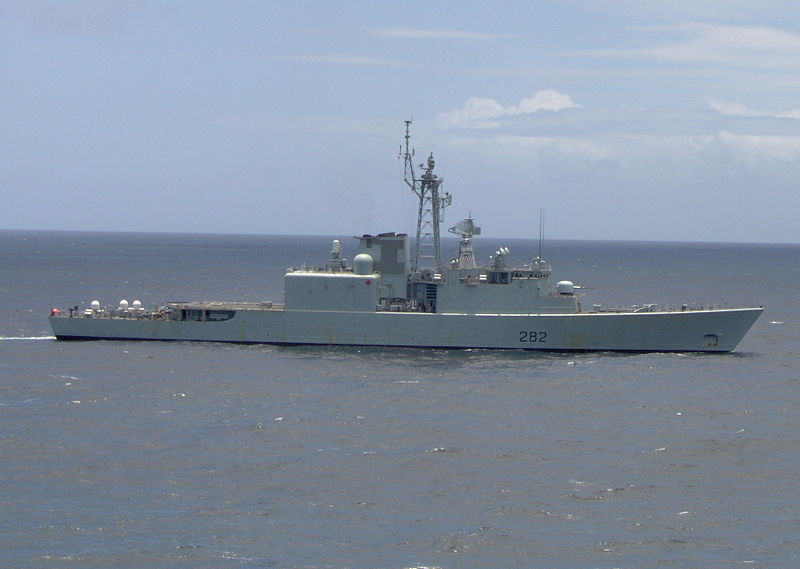In the Globe and Mail, Tabatha Southey is uncomfortable with the way members of Anonymous, Reddit, 4chan, and other online quasi-organizations leaped into the fray:
The Internet is brimming with people who want to help. To help you prune an orchid, perfect the shape of your gnocchi. Shortly after the bombings this week, hundreds of Bostonians posted offers of accommodations, spare rooms and couches.
Most assistance is graciously received, yet I was surprised last week to see how many people embraced the announcement by the self-appointed public conscience Anonymous that it had investigated the unbearably sad Nova Scotia case of 17-year-old Rehtaeh Parsons, who killed herself after she was allegedly gang-raped at a summer party, then was tormented over the incident.
[. . .]
Anonymous as an organization doesn’t really exist. It’s more of a meme — a concept, or behaviour that spreads within a community — than an agency. Anyone who says they’re Anonymous is Anonymous, which makes the groundswell of support its actions received so understandable.
I think a lot of us, upon learning of Rehtaeh’s death, wanted to go to Nova Scotia and shake those kids until something that looked closer to truth came out. Anonymous’s motivations are much like ours, and it can be difficult to remember that the presumption of innocence should be given more weight, not less, the more heinous the crime; the part that is almost the best in us screams otherwise.
Anonymous is not composed of superheroes, nor is it evil. Anonymous is just your nephew, or your neighbour, or you. We cede our pursuit of justice to that highly distractable quarter to our peril.
One only had to see that massive game of Where’s Waldo? taking place on Reddit this week to witness both the good intention, the potential and the problems inherent in crowd-sourced jurisprudence.



 It is just a long, slender, green-bean of a thing, but this dune off the cold coast of Nova Scotia is anything but a harmless strip of sand. Its swirling waters are known as the Graveyard of the Atlantic, for they have swallowed 350 ships since 1583. Its underwater Scotian Shelf hosts 18 shark species who feast on the island’s grey seals.
It is just a long, slender, green-bean of a thing, but this dune off the cold coast of Nova Scotia is anything but a harmless strip of sand. Its swirling waters are known as the Graveyard of the Atlantic, for they have swallowed 350 ships since 1583. Its underwater Scotian Shelf hosts 18 shark species who feast on the island’s grey seals.

